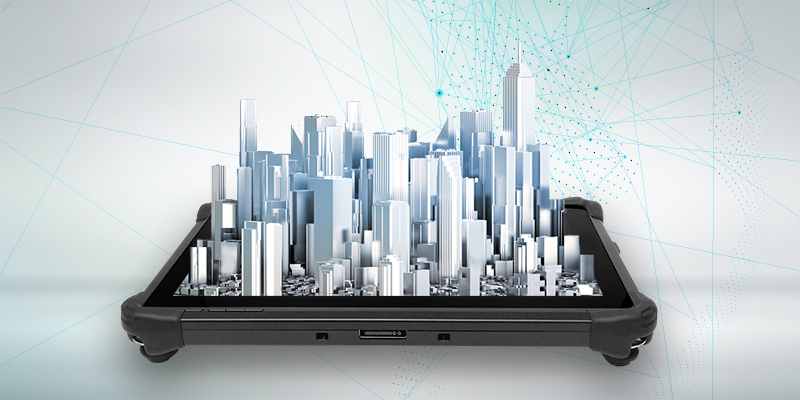
The term BIM has become a buzz word for a multitude of complex and interconnected industries and for good reason.
BIM stands for Building Information Modeling, which is a highly advanced software process that generates and manages digital 3-D representations of buildings, structures, and infrastructures.
Theres no other interconnected industry that both relies upon and spurred the creation of BIM technology more than the architecture, engineering, and construction (AEC) industry. The AEC industry consists of separate players who work together to complete a project. For many years, these types of collaborations werent efficient because teams had no way to communicate and transfer information in real-time, especially if project workers were scattered in different locations while attempting to plan the details.
BIM was revolutionary and continues to be so with new advancements being added to the concept every day. Now, all members, no matter their specific profession or where theyre working from, can contribute to a project in connection with everyone else’s efforts.
For a deeper explanation of BIM technology as well as how it is different from Digital Twin technology, check out our Industry-Changing Technological Advancements blog.
BIM has become a necessary staple in construction and manufacturing projects. Specifically, BIM helps overcome these AEC project challenges:
- Limited manpower
- Tight budgets
- Conflicting requests
- Accelerated schedules
- Clash detection
Mainly BIM helps bridge information gaps between collaborating teams: design, construction, manufacturing, owner, investors and so on. BIM allows parties to stay on the same page throughout the duration of the project.
Below we explore how BIM supports each of the three main steps of a construction project:
Planning
During the planning phase of a construction or manufacturing project, there is a lot of back and forth between the decision-makers of the project, investors, team managers, and architects. These are a lot of different individuals who are trying to contribute their expertise as well as new ideas at the same time. BIM makes it possible for all the on-going updates in this phase to run smoothly. The planning phase is where the minute and complicated technicalities such as city regulations, project dimensions, material sourcing, and budget are solidified. BIM technology in conjunction with rugged tablets makes it simple for all of this data and information to be uploaded, stored and applied to the project. Additionally, a doable timeline can be set based off of all contributing factors.
Each piece of data that is necessary for the project will automatically be integrated into the 3D digital model and every part of the team will be able to see it and visualize the end result as well as make changes where issues become quickly obvious. Rugged tablets for the AEC industry aid the planning process by ensuring all teams are communicating effectively across one network with access to the involved parties.
Designing
Now that the necessary information has been put into the BIM, architects, engineers and designers can utilize it to start digitally building the project and experimenting with different options. They can run unlimited different kinds of tests on the structure in an extremely efficient way to discover future issues and complications and then correct them before they can even occur. Engineers turn drawings, blueprints, and PDF files into accurate digital models.
The 3D model aspect of BIM also allows designers to visualize both the inside and the outside of the project for layout and aesthetic purposes if the project has that need.
As the design becomes more solidified and the model is updated in real-time to consistently reflect the current design, the team can alert project managers and decision-makers for approval.
Building
As construction and manufacturing teams move forward with the physical building of a project, they always have a virtual 3D model of it on hand to reference. This helps them keep in mind what the end result should be through each step. Additionally, if there are any last-minute changes, of which there are many throughout the project, workers can stay updated in real-time to ensure that their efforts are on track and that they are not working on something that is no longer a part of the project.
The BIM model can serve as a reliable reference and source of information from beginning to end of the building process.
Rugged tablets provide BIM technology in an innovative and durable way that enhances operations of projects within the AEC industry.

